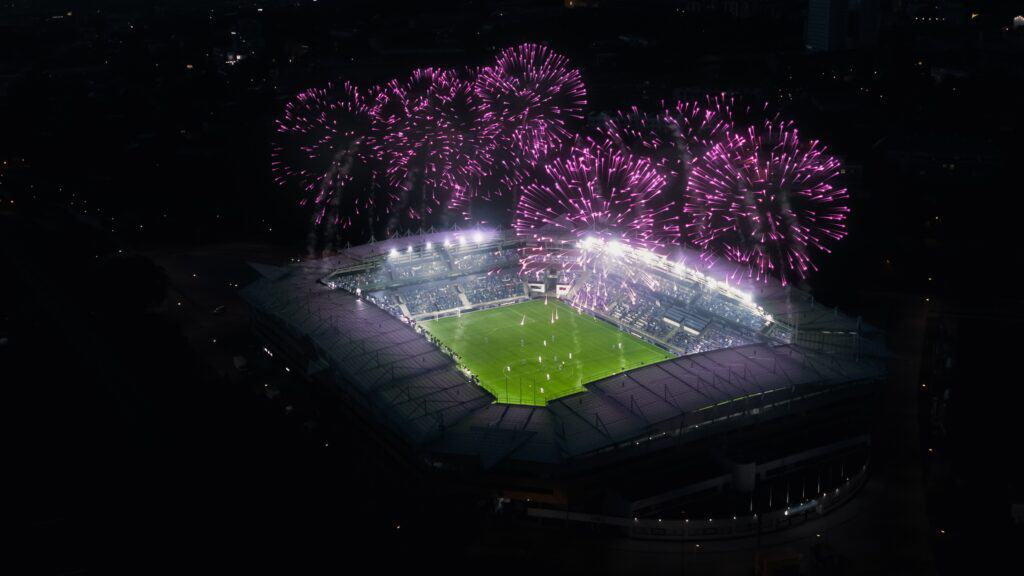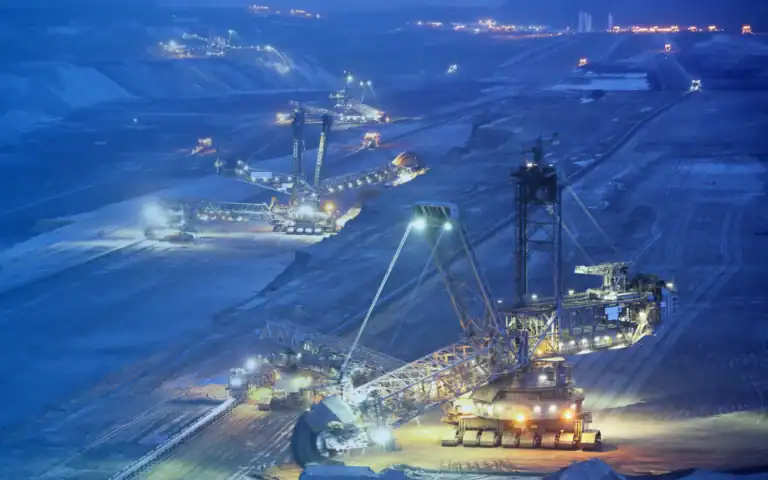Smartphones, tablets, laptops, smartwatches: most of us are always carrying at least one of these devices, and we expect to be able to connect them to a strong, reliable signal anytime and anywhere we need them.
Currently in Australia, this level of connectivity isn’t always available, even in densely populated buildings and venues. While technology has advanced and demands for high-speed data have increased significantly, the infrastructure within many buildings, venues and transit corridors is yet to be upgraded.
Old infrastructure, new standards
Although Australia’s existing mobile network infrastructure works well enough to meet the everyday demands of households and small buildings, connectivity can be problematic in high-rise and other large buildings with numerous tenants or crowds of people, such as stadiums, shopping centres and entertainment developments. With high numbers of people placing demand on the network and multiple stories of thick construction materials to penetrate, cellular and Wi-Fi signals can have trouble getting through to devices or delivering the strength for users to live stream, host video conferences, upload large files and more.
It’s clear our current systems are lagging. But upgrading existing network infrastructure or replacing it entirely to transition to 5G is a costly and complex undertaking. Asset owners will have to explore new approaches to meet their customers’ requirements for high-quality service and connectivity, but in a way that’s as straightforward, economical and future-proof as possible. Further, with fibre-based infrastructure, venue owners can support multiple use cases to enable connected building applications driving efficiencies and improved tenant experience – in addition to improved cellular coverage from Mobile Network Operators (MNOs).
Sharing network infrastructure for better results
One way to enable better mobile coverage and connectivity is through the neutral host model. Neutral hosts design, build and operate communications infrastructure that they then lease to MNOs and other retail service providers to facilitate and enable connectivity between them and their customers. Effectively, the neutral host model offers access to reliable advanced connectivity MNOs can use to deliver their own services and accelerate 5G adoption — without the considerable costs of building and maintaining their own infrastructure.
With this approach, building owners can use smart building applications to complement their own management systems. One scenario is where an owner may choose to have a public network while also providing different tiers of service to selected tenants, such as those with higher capacity limits or who take a service from specific network operators.
Stadiums are a great example of venues where neutral hosting can add significant value for both building owners and visitors. More secure and high-density connectivity can enable options like mobile ticketing and merchandising, in-seat food ordering, augmented or virtual reality experiences, and even the ability to point a phone at a favourite player to instantly see their stats.
Enabling connectivity of the future across Australia
As a neutral host network operator, BAI Communications continuously works to provide better coverage and improve connectivity, including by bringing to market new products such as distributed antenna systems (DAS) that are low-power and based on Open RAN (ORAN) technologies. We also provide private wireless and Wi-Fi network structures where we design, build, operate and own the infrastructure on behalf of the building or venue operator, acting as a ‘safe pair of hands’ for clients moving to a new operating model. This can be especially beneficial for mega-developments and stadiums, where tens of thousands of people a day visit to watch events or enjoy amenities and attractions.
An example of this is Mobilitie (a BAI Communications company) provisioning technologies for the popular Crypto.com Arena in Los Angeles. This 2.5-million-square-foot, 20,000-seat stadium hosts major sporting and entertainment events 240-260 days out of the year. Complementing the stadium is LA Live, a four-million-square-foot entertainment precinct housing music, nightclubs, theatres, museums and restaurants. Each venue offers visitors ubiquitous coverage and world-class entertainment options, including a wide range of dynamic AR and VR experiences.
BAI is ready to help owners of buildings and public venues across Australia realise the same level of connectivity to offer greater value and better experiences to their tenants and visitors. This would be accomplished using the innovative neutral hosting model, which simplifies the end-to-end cycle of wireless networks, provides better performance management than MNOs can offer alone, and relieves building owners of the operational and maintenance risks of managing network infrastructure.






